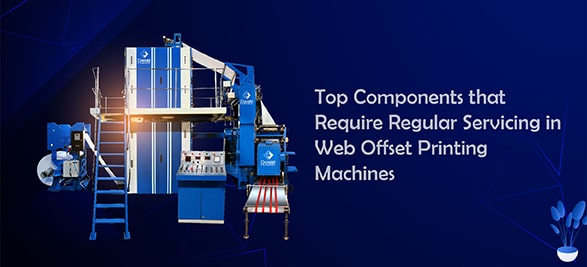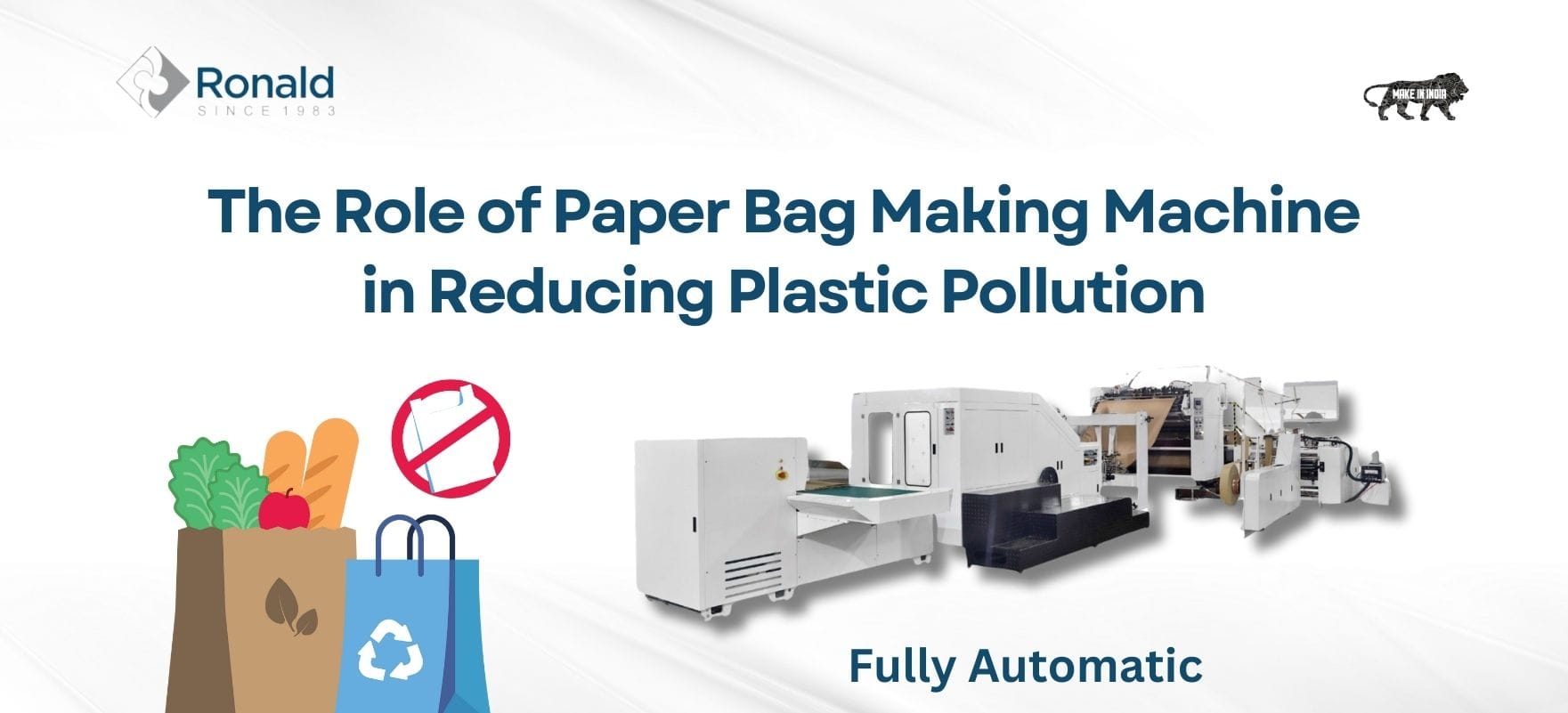
Customization Options with Paper Bag Making Machine The rise in eco-conscious consumer behavior has driven many businesses to adopt sustainable…
Ronald Machines » Top Components that Require Regular Servicing in Web Offset Printing Machines

Web offset printing is one of the most economical technologies for producing huge volumes of high-quality prints compared to other kinds of lithography technologies. Following are the most basic elements of an offset printing press:
There are three broad categories of defects in offset printing.
Critical defects: torn sheets, sheets with fold, text illegible
Major defects: fuzz on printing substrate, inappropriate colours, spots on ink
Minor defects: small colour variations, lightly embossed sheets
Inking System functions to transfer ink from the ink fountain to the printing plate. The inking system is made up of different kinds of rollers (sometimes more than 10). The entire series of rollers is called roller train. Proper setting of the rollers is crucial otherwise it can lead to the accelerated plate, roller wear and damage. Inking rollers may get blocked due to bearing failures or broken bearings. There is always a high probability of critical defects due to rollers with bent shafts.
Dampening System closely resembles an inking system, but since water doesn’t need to be worked the way ink does, fewer rollers are used. Web offset press’s dampening solution, commonly referred to as a fountain solution, consists entirely of water, but synthetic desensitizers are added to the fountain solution to maximize the ink repellency of the non-image areas of the plate. Wear of the dampening rollers below the tolerance levels leads to high flow of dampening solution. Devices used for automatic preparation of the dampening solution if not probed properly can lead to a sub-optimum level of fountain solution.
Printing Unit usually contains three cylinders: a plate cylinder, to which the plate is attached, a blanket cylinder, to which the offset blanket is attached, and an impression cylinder, which carries the paper through the printing unit and provides a hard backing against which the blanket can impress an image on the page. Maintenance of the cylinder is simple as it involves seeing that gears and bearings are free of paper debris, dried inks, gum from dampening solutions and other debris that can lead to damage of plates.
Blankets, called offset blankets are made of synthetic rubber. Their primary function is to ensure smooth flow of the web passing through the impression nip. The blanket smash is a major problem related to blankets which is small depressions in the blanket surface caused by foreign objects passing through an impression nip.
Printing Plates are usually made from metal, plastic, rubber, paper, and other materials. The image is put on the printing plates with different kinds of chemical processes. Proper fountain solution will reduce the need for continual plate maintenance while on press. Long press shutdowns should not occur while the plate is still inked as gum that dries on the image areas causes plate blinding. Two primary defects associated with printmaking plates are scumming and blinding, which are ink receptivity in non-image areas and ink-repellency in image areas, respectively which are also caused due to improper fountain solution. Pilling called the accumulation of paper fibres, bits of attached coating particles or other debris on the printing plates or blankets not only affects the print quality but increase their weariness as well.

Customization Options with Paper Bag Making Machine The rise in eco-conscious consumer behavior has driven many businesses to adopt sustainable…

How Paper Bag Making Machine Contribute to Zero Waste Goals The ever-growing mountain of plastic waste is a pressing environmental…

Visiting Drupa 2024 would be beneficial? Technological Innovations: Drupa showcases the most cutting-edge advancements in printing technology. By attending, you…

The Role of Paper Bag Making Machine in Reducing Plastic Pollution In an era where environmental consciousness is paramount, the…
WhatsApp us